Daisy Plains picnic area
Carrai National Park
Learn more
Learn more about why this park is special
Daisy Plains picnic area is in Carrai National Park. Here are just some of the reasons why this park is special:
A safe haven for native animals
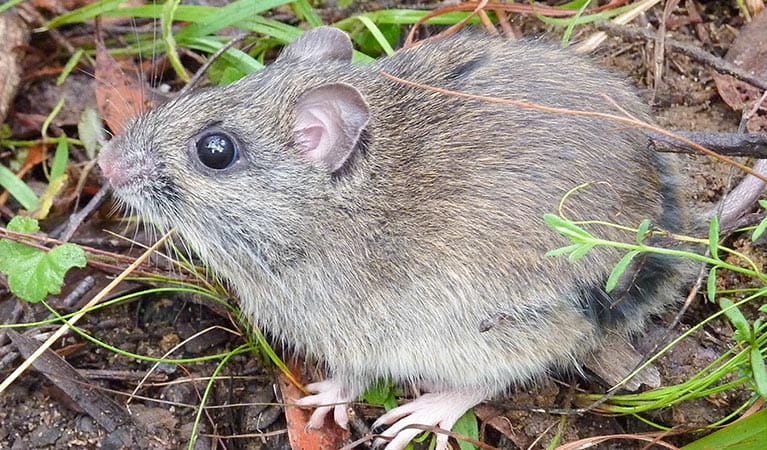
Maintaining vast tracts of remote forest, like those at Carrai, is essential for protecting biodiversity and keeping the populations of native animals at high levels. Carrai is known to harbour endangered species like the Hastings River mouse, a rodent that likes damp habitats, and the giant barred frog, which grows to a size of about 12cm and lays its eggs on banks overhanging rivers. Listen for its deep grunt when you stop by a creek.
- Daisy Plains picnic area Visit Daisy Plains picnic area when you travel through Carrai National Park by 4WD. It’s the perfect spot for peaceful lunch when exploring this park’s beautiful forests and steep escarpments.
From the 1800s
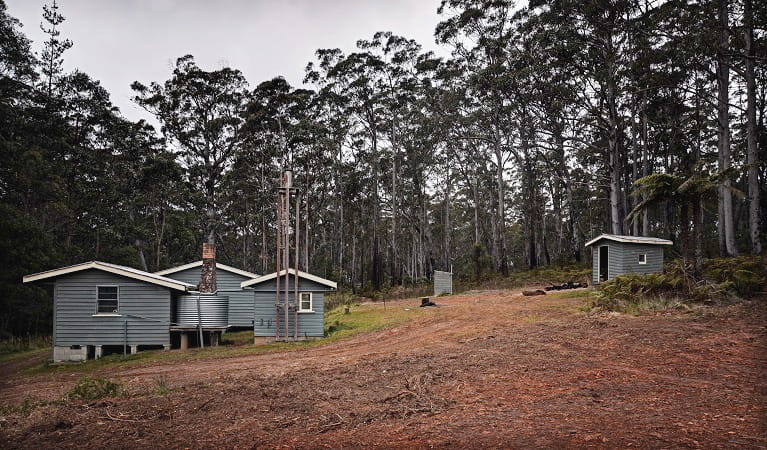
In many ways, Carrai’s remote location has protected it from extensive grazing and mining. In 1818, John Oxley was the first European to visit the New England Tablelands, closely followed by cedar loggers. Graziers eventually moved their stock up river valleys onto the tablelands. Both tin and gold were mined in the area until the 1960s, and forestry ceased in the early 90s.
- Carrai and Coachwood trails Carrai and Coachwood trails combines 2 remote 4WD adventures in Carrai National Park and Oxley Wild Rivers National Park, between Kempsey and Armidale.
Protecting Carrai's wilderness
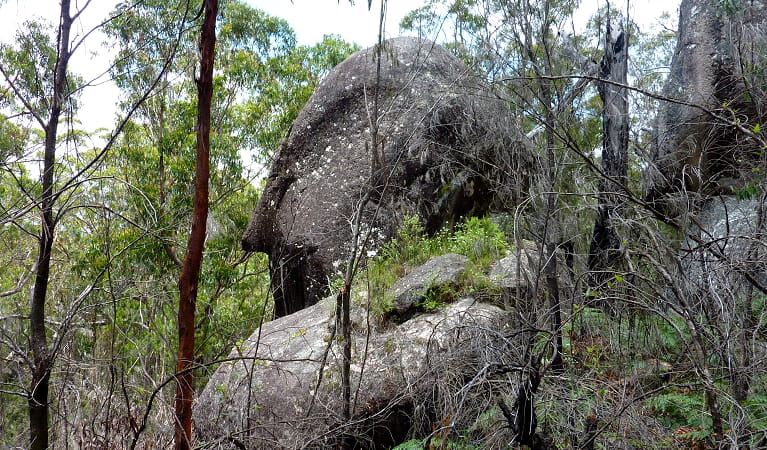
An area of 3,530ha within Carrai National Park has been declared wilderness under the Wilderness Act 1987. Although much of Carrai's forested area has been affected in some way by human habitation - logging and grazing, for example - it's now protected, allowing it to recover. There are three old-growth forest ecosystems in the park, including groves of white mahogany, dry redgum, bloodwood, native apple, and tallowwood. Look for the endangered Guthrie's grevillea, with its green and maroon flowers, as well as epiphytic orchids attached to the trunks of trees.
- Daisy Plains picnic area Visit Daisy Plains picnic area when you travel through Carrai National Park by 4WD. It’s the perfect spot for peaceful lunch when exploring this park’s beautiful forests and steep escarpments.
Traditional lands of Thunggutti People
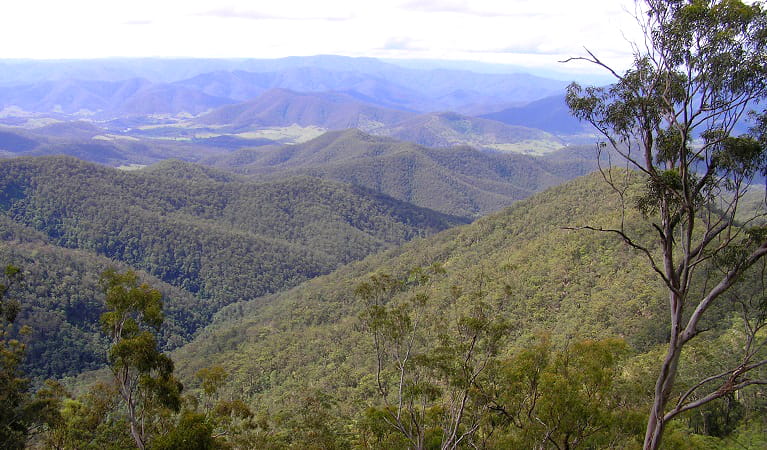
The Carrai plateau is a special place for the Thunggutti People, with many ceremonial sites that have their origins in the dreamtime. It's believed that Aboriginal people moved from the coastal hinterlands to the New England Tablelands, including parts of what is now Carrai National Park, during the summer months. In the early to mid-1800s, the rugged country at the head of Macleay River also provided refuge for many Aboriginal people.
Plants and animals protected in this park
Animals
-
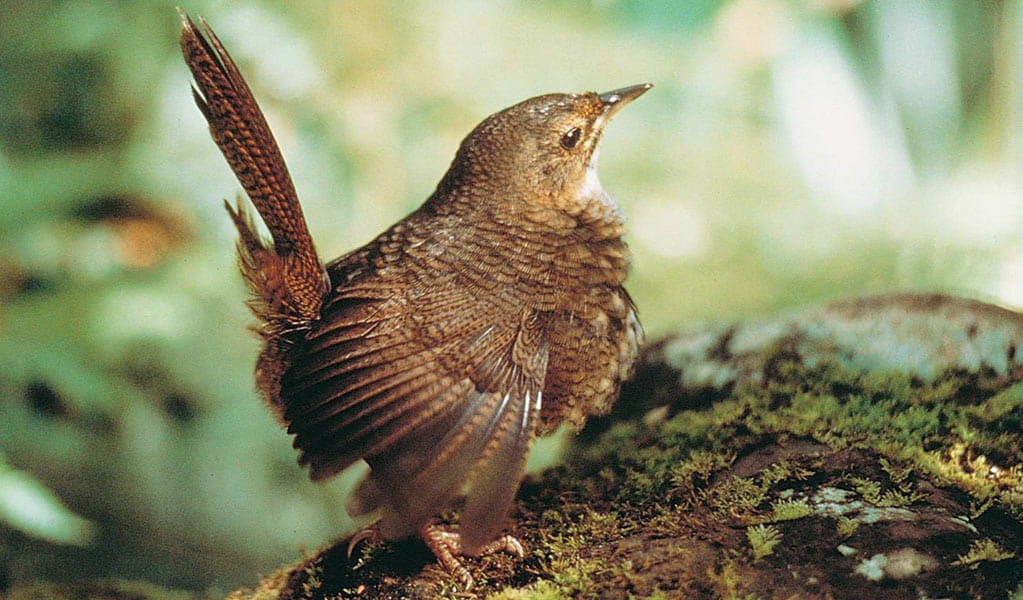
Rufous scrub-bird (Atrichornis rufescens)
The vulnerable rufous scrub-bird is a small, ground-foraging bird that lives only in isolated rainforest areas of south-eastern Australia.
-

Swamp wallaby (Wallabia bicolor)
The swamp wallaby, also known as the black wallaby or black pademelon, lives in the dense understorey of rainforests, woodlands and dry sclerophyll forest along eastern Australia. This unique Australian macropod has a dark black-grey coat with a distinctive light-coloured cheek stripe.
-

Southern boobook (Ninox novaeseelandiae)
The southern boobook, also known as the mopoke, is the smallest and most common native owl in Australia. With a musical 'boo-book' call that echoes through forests and woodlands, the southern boobook is a great one to look out for while bird watching.
-
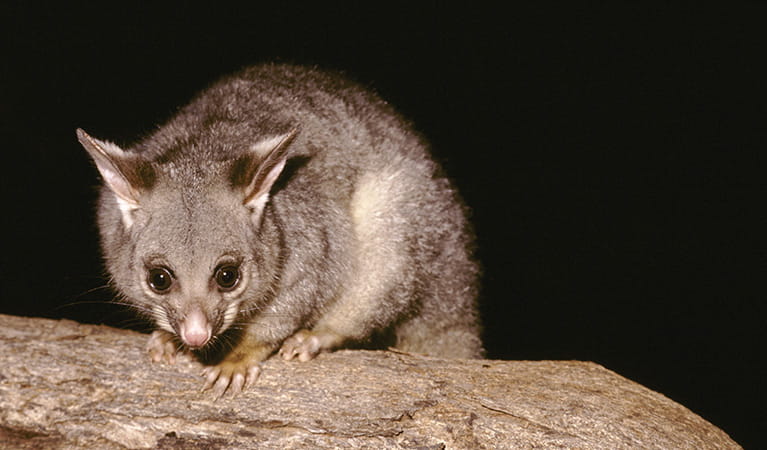
Common brushtail possum (Trichosurus vulpecula)
One of the most widespread of Australian tree-dwelling marsupials, the common brushtail possum is found across most of NSW in woodlands, rainforests and urban areas. With strong claws, a prehensile tail and opposable digits, these native Australian animals are well-adapted for life amongst the trees.
Look out for...
Rufous scrub-bird
Atrichornis rufescens
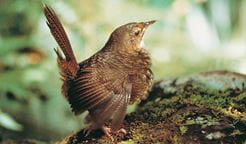
The vulnerable rufous scrub-bird is a small, ground-foraging bird that lives only in isolated rainforest areas of south-eastern Australia.